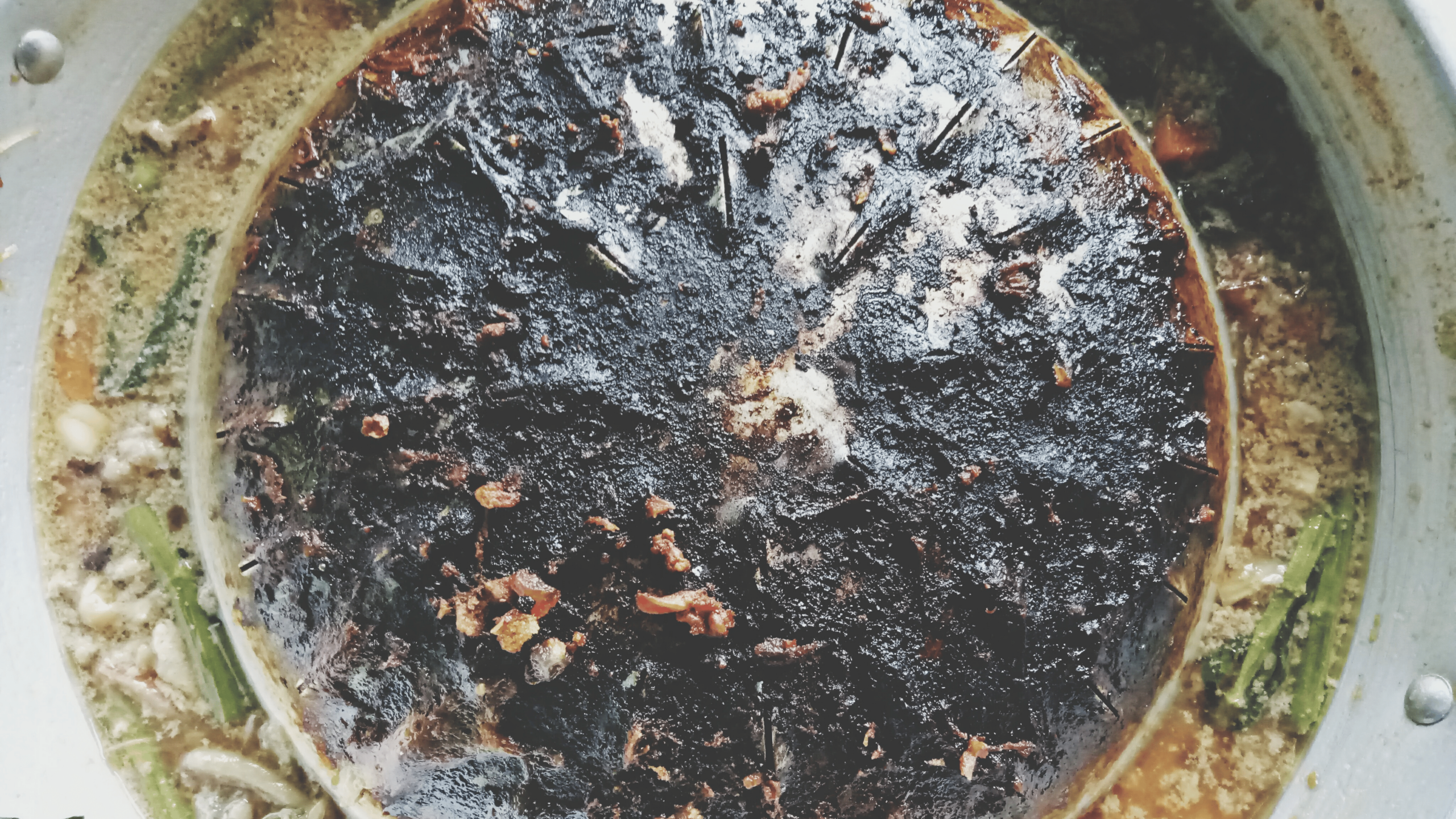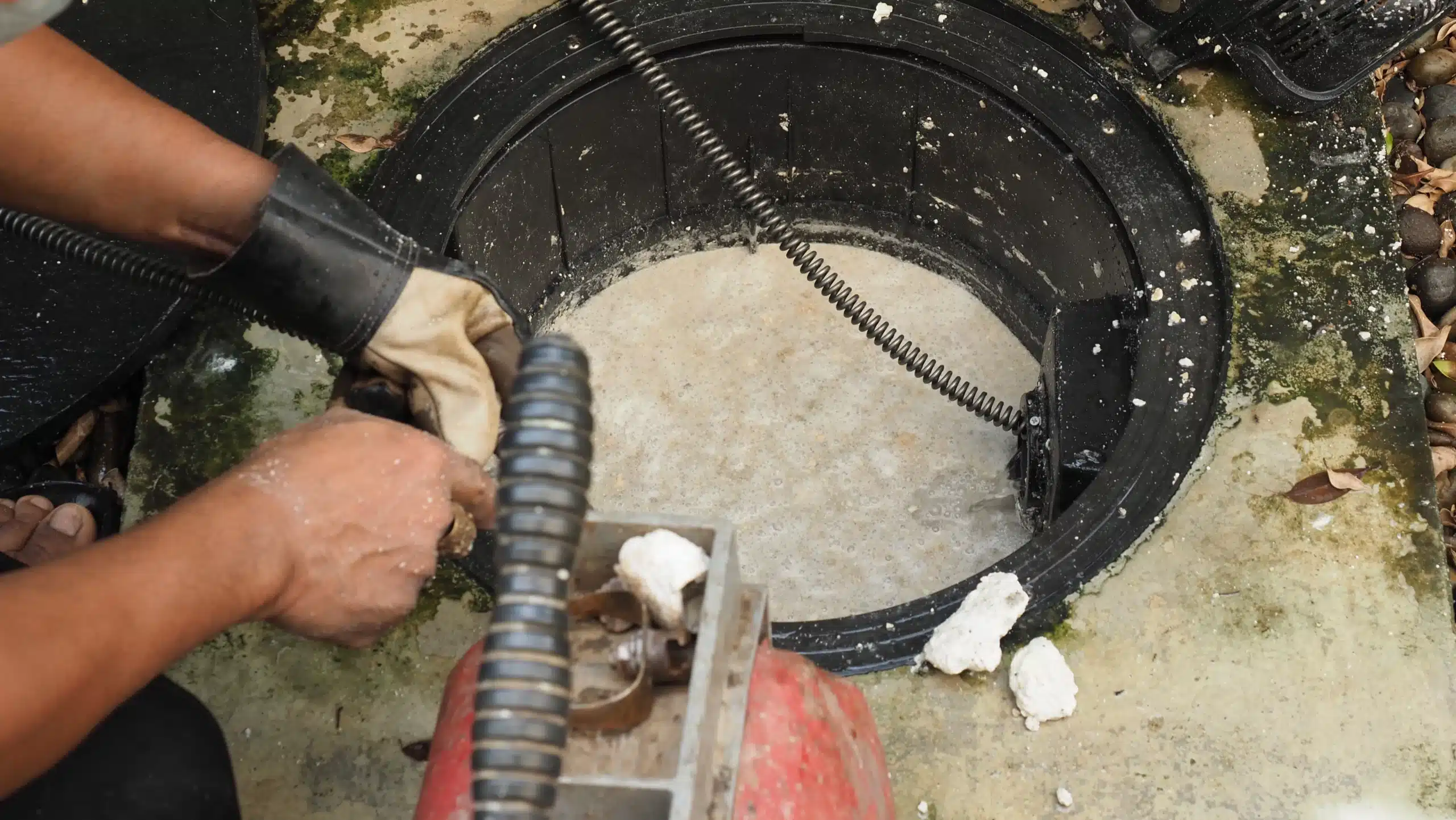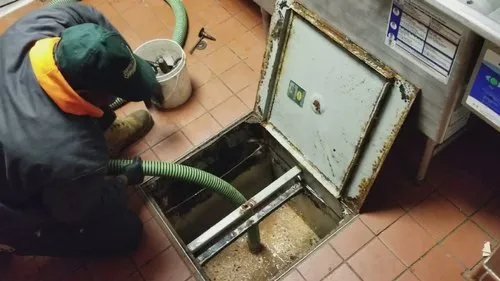The terms grease trap and fat trap are all used to refer to the same thing. Grease interceptors are indeed referred to as grease separators and fat interceptors. These words are interchangeable and are used to refer to a wide variety of different types of goods. It has been designed to limit the flow of wastewater released from the main wash compartment of commercial kitchens while treating it by isolating the hazardous material and enabling the purified water to cross safely through to your sewage system.
Choose:
Local governments, therefore, require the installation of adequately sized and constantly monitored grease traps in restaurants, as well as in hotels, food-processing establishments, factories, supermarkets, and other establishments that regularly produce considerable quantities of grease which would otherwise end up in public sewers. It is possible that the traps will not prevent part of the FOG from accessing the sewage system if they are too tiny. The formation of hydrogen sulfide gas, which may then be transformed into hydrochloric acid, which may also cause damage to material and concrete buildings downstream, is a concern if they are too big.
Traps are designed depending on the total flow rate of all linked fixtures, including the dishwasher, sink, and mop drain, among others. For example, Newton, Massachusetts, mandates that grease traps have a holding capacity of approximately 2 pounds of grease per gallon of water flow as a general guideline for size. The kind of dishes cooked may also impact the size of the grease trap since particularly oily or fried meals may need a giant grease trap.
Use:
Essentially, a grease trap aims to capture fats, oils, and greases (FOGs) that would otherwise enter the central sewage system and decrease their volume. With the passage of time, grease reaching the main sewage system will cause clogs, foul odors, and insect infestations. Although since the Victorian era, grease traps are still used to collect wastewater discharged from kitchen sinks and appliances into the bad sewage system. Grease traps are boxes placed inside the wastewater drain that runs from the instruments and sinks to the illegal sewer system. They are only intended to have kitchen wastewater running through them and should never have sewage from other drainage system elements, like toilets, going across them.
Clean:
The grease trap must be cleaned out regularly to prevent the accumulation of grease waste. The frequency with which you clean will vary based on the kind of food provided and the amount of activity in your establishment. Keeping your grease trap in good operating order helps keep your kitchen drains and pipes from clogging up.
Examine the grease trap at least once every three days, and clean it immediately if the contents reveal that the top 30 percent of the liquid depth has been taken up by greasy debris. Every grease trap is unique, and it must be examined regularly to identify whether or not it has to be cleaned. Providing grease trap cleaning services, particularly for big units, is uncomfortable and may need the temporary suspension of restaurant operations. Thus this essential maintenance chore is often ignored.


